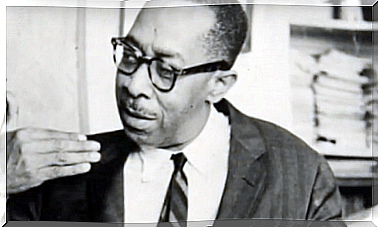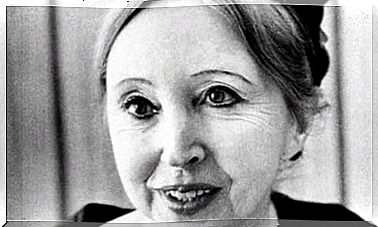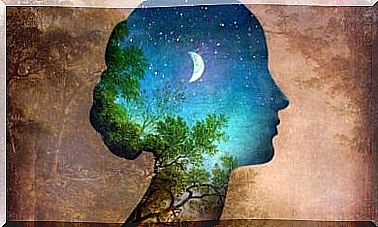Why Do We Fall Into Emotional Dependence?
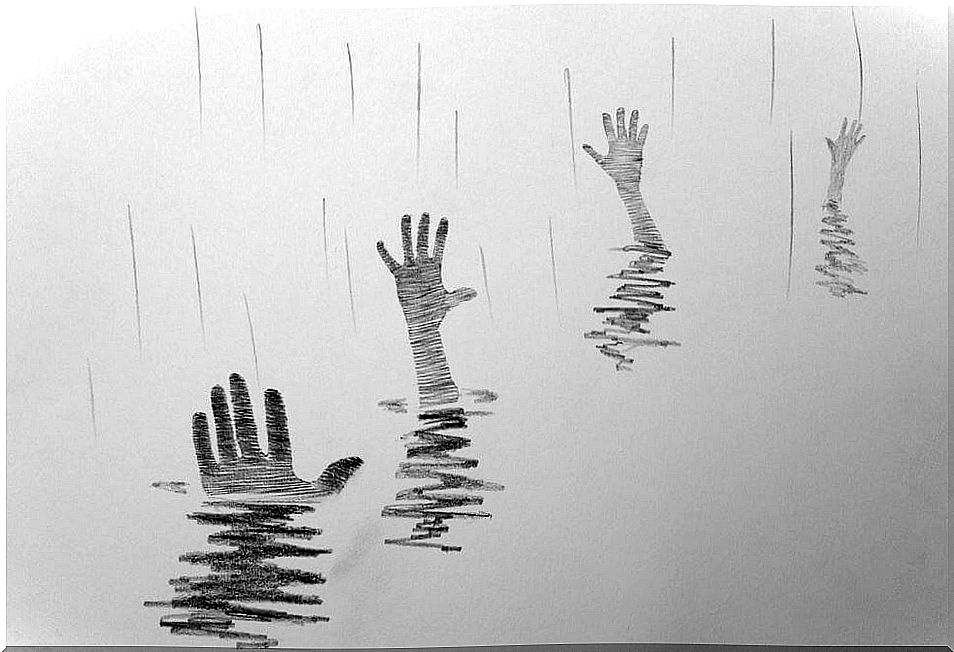
We are all dependent. We become it from the moment our lives begin. We are in our mother’s womb. We are crying for the first time, when we fall for the first time, or when we go to explore unknown worlds for the first time. We are practically and emotionally. We need others to do things for us or, at the very least, to give us some pointers to learn how to do them. We also need others because we are social and, above all, emotional beings. So, are we necessarily victims of emotional addiction?
There is nothing, except a human being, that can cause such a whirlwind of emotions. Think about the first kiss, a reunion after years of separation, a hug that finally calms you down. You breathe, I breathe, we breathe.
Once we have passed adolescence, after having tried to conquer our independence at all costs, we normally realize that this is only a utopia which is not necessarily good because our primary needs are not. do not necessarily answer them. Think about love, affection, encounters and separations.
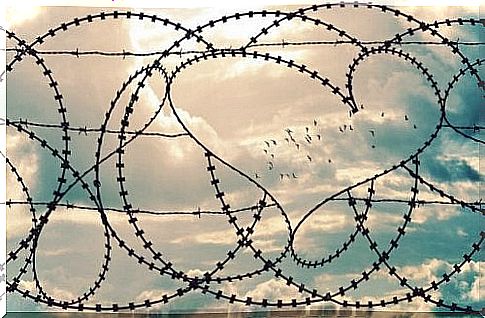
Emotional dependence: a fact or chains
But then, if emotional dependence is natural, why, in psychology, does it represent an ogre that must be banished? Partly because psychology does not stop drinking from social currents and these are more and more individualistic. In part because this dependence becomes negative when it focuses on a concrete person who is not us. When we hand over to the other the responsibility of facing the whims and appetites of the child or young person that we carry within us and when we think that this other is indispensable.
Let’s take a simple example. Ana is making some changes in the decoration of her house and she would like to change a piece of furniture. It is far too heavy for her to carry on her own and therefore needs someone to help her. She can help herself if she starts studying physics and mechanics and builds some kind of cart that helps her move the furniture. However, after a while, this solution will not be very profitable for him.
The most profitable is if people who are stronger than her help her. Ana thinks about her children but soon realizes that they cannot because they are on vacation. She therefore asks her nephews for help and they are delighted to render this service to her. Okay, so Ana is dependent, but not dependent on her children. If they can’t help her, she is able to ask other people for help. The same is happening with emotional independence / dependence.
This becomes dangerous when it is placed in one person and that person is in charge and responsible for our emotional state. It is dangerous because it weakens us and, in the long run, ends the relationship. However, the worst part is that before the end of this relationship, we will have destroyed ourselves using a whole bunch of desperate means not to lose this person with whom we have placed our happiness.
The four levels of emotional dependence
The path to emotional destruction – through emotional dependence – is made up of four obvious rungs that we start to descend when we’re afraid of losing someone. A fear which is very often unfounded and which precisely contributes to making this dependence stronger.
“If I haven’t managed to feel loved and needed, if you’ve refused to complain and take care of me out of pity, if I haven’t even managed to make you hate me , then you’re going to have to notice my presence, whether you like it or not, because from now on I’m going to do everything to make you fear me. ”

The first step is, for the dependent person, to try to become indispensable for the person on whom he depends. To show her all that she brings to him in his life, to increase these contributions and to underline them: “if it were not you…”, “who would have done that for you…”, “you can look elsewhere but you will not find anyone who will do it to you as well as me… ”.
The dependent person can also try to transform himself into a guarantee, a kind of insurance: “if you stay with me, you will never need this”. She will try to keep the other in her presence.
We move to the next level when the first one no longer serves us. However, this second step can be combined with the previous one. The dependent person plays the role of victim and tries to cause pity. In his life, the daily worries turn into genuine tragedies which would make the other pass for someone inhuman if he wanted to move away… precisely during these moments. Also, this is normally a strategy that the addict is very familiar with because they’ve probably used it to get attention before.
The third and fourth rungs are paradigmatic and, through them, the dependent person seeks to protect himself from what he fears the most, indifference. These two levels are interchangeable and are not crossed in a precise order. They can be passed at the same time.
Both also refer to primary emotions: one to hate, the other to fear. Faced with the fear of indifference, the dependent person may try to seek hatred of the other. It is a form of self-deception by which the person seeks to create lasting feelings, links, a presence in the life of the other … even if it is by instilling hatred.
The fourth level is that of the threat. “If you intend to leave, I am capable of anything”, “if you disappear, I have no more reason to live”, “if you decide to leave, I assure you that you will not see me again never ”,“ there will be no point in crying when you realize that I am no longer there ”. The dependent person tries to convey their fear of loss to the other. This fear is deception, but for the dependent person it can work well as a substitute for love.
The dependent person causes pain … and suffers
One way or another, for the addict, his own addiction constitutes real torture. If she is the victim of something, it is good to have entrusted her destiny and her hopes to someone. It forces her to sacrifice herself so that someone doesn’t go away because she really feels like, if he goes, life will be over. Many of his sentences constitute a real manipulation but a real suffering is hidden behind them.
Unfortunately, emotional addiction is difficult to admit. It gets labels like “little worth”, “weakness of character” and even “intellectual incapacity”. However, identifying this addiction is the first step to rebuilding it and understanding that while our needs are unique, there are many people who can meet them and can do so in different ways.


